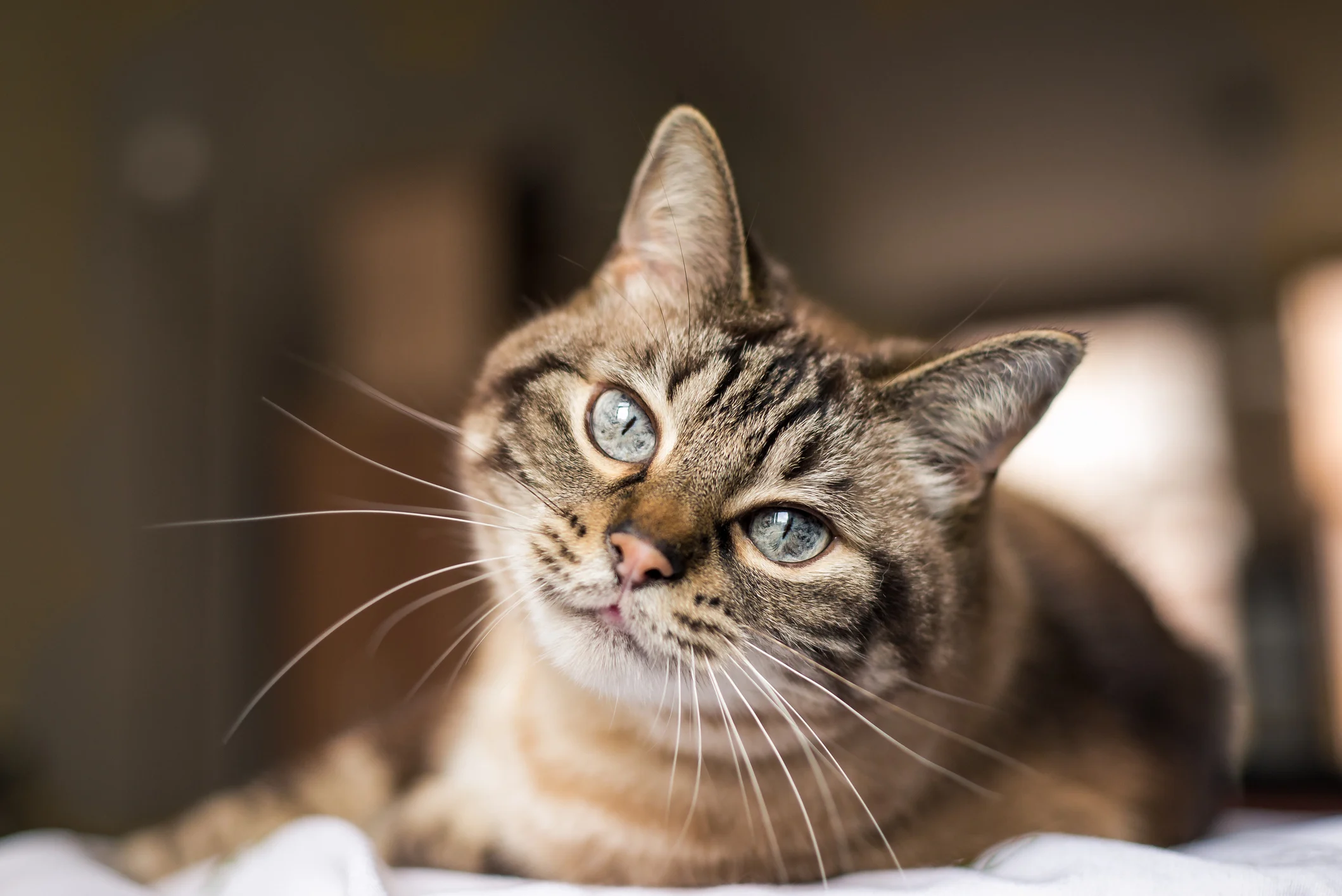Use of Crossmatching Prior to First Transfusion in Cats
Eva Spada, DVM, PhD, Veterinary Transfusion Research Laboratory Department of Veterinary Medicine, University of Milan, Milan, Italy
Daniela Proverbio, DVM, PhD, Veterinary Transfusion Research Laboratory Department of Veterinary Medicine, University of Milan, Milan, Italy

In the Literature
Humm KR, Chan DL. Prospective evaluation of the utility of cross‐matching prior to first transfusion in cats: 101 cases. J Small Anim Pract. 2020;61(5):285-291.
The Research …
The major AB blood system in cats results in blood types A, B, and AB.1 Cats may also be positive or negative for the Mik antigen.2 In most cats, alloantibodies are present against absent blood type RBC antigens and are implicated in hemolytic transfusion reactions during first blood transfusions.3
Blood typing and crossmatching can help minimize hemolytic transfusion reactions. Crossmatching determines compatibility between the donor and recipient. Major crossmatching identifies antibodies in recipient plasma against donor RBC antigens, whereas minor crossmatching identifies antibodies in donor plasma against recipient RBC antigens.4,5 There have been a number of retrospective and prospective studies on the effectiveness of crossmatching before first blood transfusions in cats to prevent transfusion reactions and ensure the most effective transfusion is performed. However, despite these studies, the clinical effectiveness of crossmatching before the first transfusion in cats remains controversial.6
This study sought to determine whether crossmatching is necessary before the first blood transfusion in a cat. It assessed the frequency of crossmatching incompatibility in 101 naive feline blood transfusion recipients using a standard laboratory slide agglutination test (Figure) and a commercial gel kit crossmatching method. The study then assessed the impact of crossmatching incompatibility on the likelihood of hemolytic transfusion reactions. A relatively high level of major crossmatching incompatibility was detected with the slide agglutination method and a much lower level with the gel test (27% and 4%, respectively). The gel test appeared most specific for predicting hemolytic transfusion reactions. Furthermore, the effect of crossmatching incompatibility on packed cell volume posttransfusion was evaluated; administration of crossmatching incompatible blood to transfuse naive cats was not associated with lower retention of RBCs 12 hours posttransfusion as compared with administration of crossmatching compatible blood. The frequency of acute transfusion reactions and errors in blood transfusions was ≈20% in this feline population.




Segments of whole blood units (A; arrows) used to prepare washed RBCs and plasma samples to be used with recipient RBCs and plasma in major and minor crossmatching (B). After incubation, samples are microscopically evaluated (40× high power objective). RBC agglutination (C) indicates incompatible crossmatching, whereas the presence of either rouleaux (D) or nonagglutinated RBCs is indicative of compatible crossmatching.
… The Takeaways
Key pearls to put into practice:
Cats may have hemolytic transfusion reactions on first transfusion; however, in this study, these reactions were not associated with increased mortality.
A commercial gel kit test may better predict the likelihood of hemolytic transfusion reactions in naive feline blood transfusion recipients as compared with the laboratory standard slide crossmatching method.
If multiple donors or blood units are available, performing crossmatching before first transfusion and use of a compatible donor/unit is optimal; if this is not feasible, however, transfusion without crossmatching can be safe and effective.
You are reading 2-Minute Takeaways, a research summary resource presented by Clinician’s Brief. Clinician’s Brief does not conduct primary research.